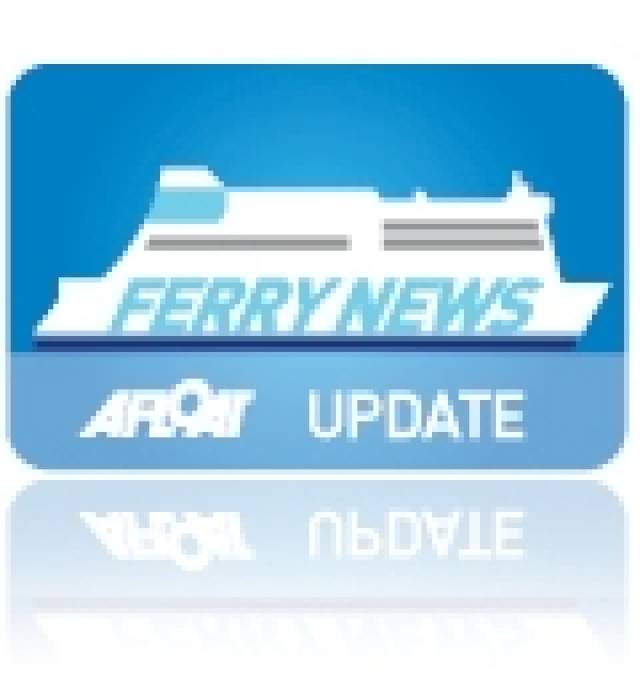#Island&FerrySale – The luxury Waterford Castle Hotel & Golf Resort on Little Island in Waterford Estuary, as previously reported is for sale, however this does not include the cable-ferry Loreley, which is to be sold separately, writes Jehan Ashmore.
Colliers International is seeking in excess of €4.5m for the secluded resort on the River Suir which also includes 48 self-catering garden lodges and clubhouse on the 310-acre island a mile downriver of Waterford City.
The property on Little Island is reached by the private 12-car capacity Loreley which is to be sold for €700,000. She operates between Grantstown and Little Island otherwise known locally as 'The Island'.
Asides this ferry, further downriver is another service, Passage East-Ballyhack in Co. Wexford. Arguably the Little Island ferry is the least known of operations to run on Irish estuaries and across rivers.
The service to Little Island takes a mere three-minute hop across King's Channel, a narrow disused shipping lane along the south side of the island. The other main channel is mostly used by yachts and visiting vessels to Waterford Marina, naval ships and cruiseships while commercial shipping is centred on Belview, a downriver terminal for the Port of Waterford along the banks of Co. Kilkenny.
Last year there was a dispute between the hotel owner and ferry contractor as reported on Afloat.ie over the running of the 1959 German built ferry that operates a round-the-clock service. For another closer-up photo of the ferry published in Ships Monthly, click HERE.
Loreley carries 57 passengers including foot-users, though the vast majority of traffic visiting the hotel and resort is taken is up by vehicles of the 12 car capacity deck. For ease of operations she has double-ended ramps.
It is understood that the first custom built vehicle-carrying ferry to ply the narrow channel was Verolme Cork Dockyard built ferry, Strongbow completed in 1968 and entered service the following year.
She was replaced by a ferry from Scandinavia, a 6-car carrying 24 passenger vessel renamed Little Island Ferry, however she too was displaced by a another Nordic ferry, Elvera, a former Swedish lake-ferry. She was introduced on the Waterford Estuary in 1999. Both she and her predecessors were chain-operated ferries.
The current 110 tonnes ferry originally named Loreley V, served as a River Rhine ferry between St. Goarshausen and St. Goar. She was sold to the Irish hotel and introduced in 2008. Unlike the previous chain-ferries, she is a self-propelled ferry which uses cable-wires to guide her across the river.
According to the Irish Times article, it was suggested that new owners of the property consider the feasibility of providing a bridge across the channel given much cheaper construction procedures have been devised.
































































